10 Best Herbal Decoctions For Open Wounds
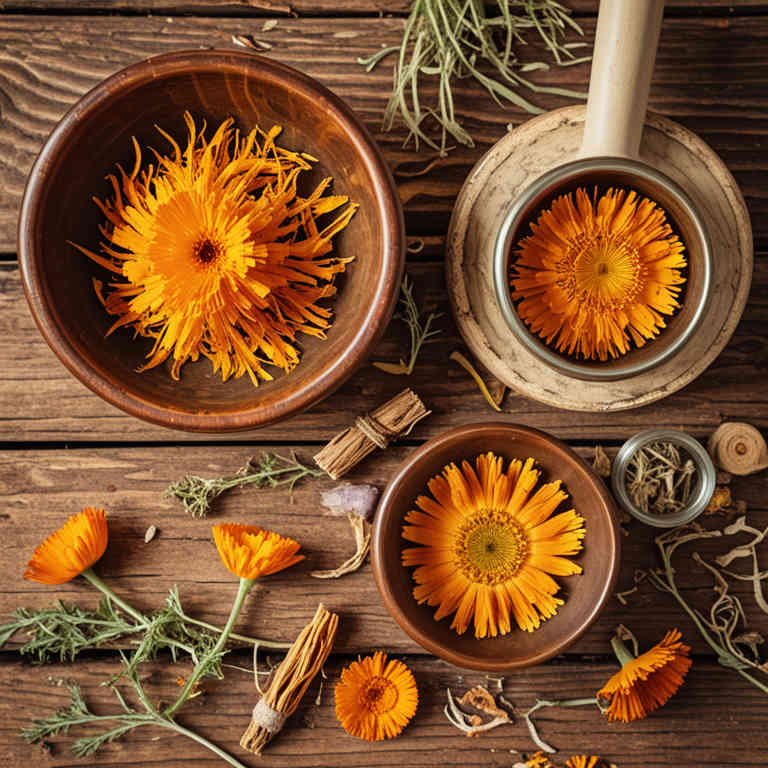
Herbal decoctions have been traditionally used to treat open wounds by promoting healing and preventing infection.
These decoctions are typically made by boiling selected herbs in water to extract their active compounds, which may have antimicrobial, anti-inflammatory, or wound-healing properties. Common herbs used in such preparations include calendula, chamomile, and echinacea, each known for their soothing and restorative effects. Applying these decoctions to the affected area can help reduce inflammation, cleanse the wound, and encourage tissue regeneration.
However, it is important to consult a healthcare professional before using herbal treatments, especially for deep or infected wounds, to ensure safety and effectiveness.
FREE Herb Drying Checklist
How to make sure every batch retains maximum flavor, color, and aroma without the risk of mold or over-drying. Eliminate guesswork and trial-and-error, making herb drying faster, easier, and more efficient every time.
Table of Contents
1. Calendula officinalis
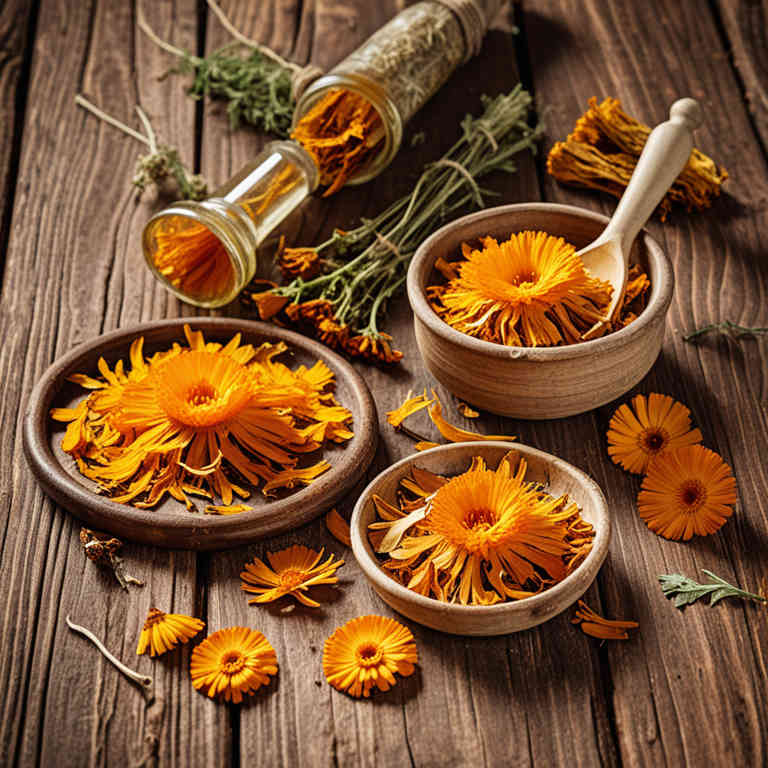
Calendula officinalis, commonly known as garden marigold, is often used in herbal decoctions to support the healing of open wounds due to its anti-inflammatory and antimicrobial properties.
When prepared as a decoction, the flowers are simmered in water to extract their active compounds, which include flavonoids and triterpenoids, known for their wound-healing benefits. This herbal remedy can help reduce inflammation, prevent infection, and promote tissue regeneration in minor cuts, abrasions, and ulcers. It is typically applied topically as a compress or infused oil, though internal use should be guided by a qualified practitioner.
While calendula decoctions are generally considered safe, individuals with allergies to plants in the Asteraceae family should exercise caution.
2. Aloe barbadensis
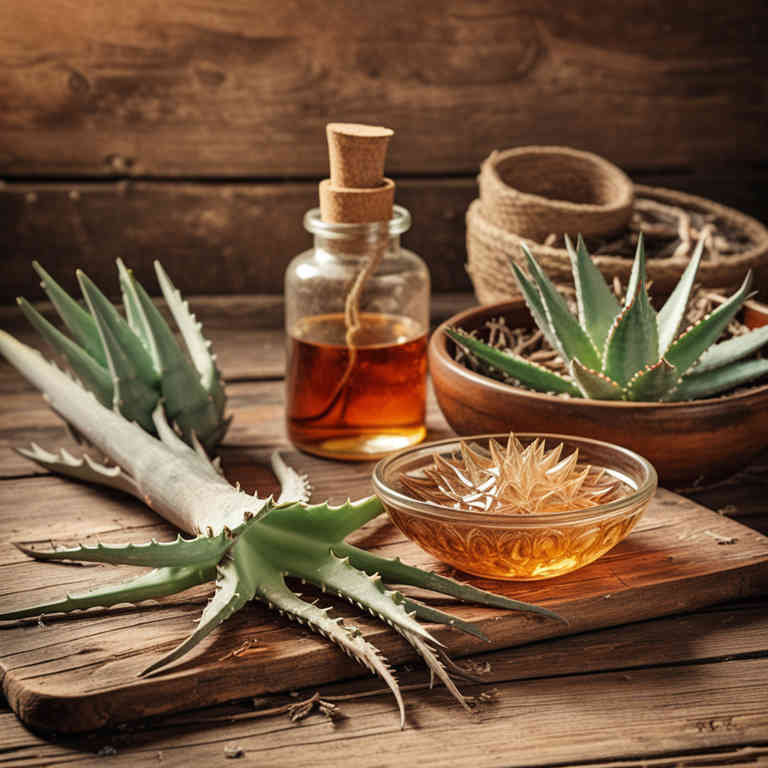
Aloe barbadensis, commonly known as aloe vera, has been traditionally used for its soothing and healing properties, particularly in the treatment of open wounds.
The gel extracted from the plant contains various bioactive compounds, including polysaccharides, enzymes, and antioxidants, which contribute to its wound-healing capabilities. When prepared as a herbal decoction, aloe vera can help reduce inflammation, promote tissue regeneration, and prevent infection in minor cuts and abrasions. However, it is important to note that while aloe vera is generally safe for topical use, consuming it as a decoction may pose risks, especially for individuals with certain medical conditions or allergies.
As a complementary therapy, aloe barbadensis decoctions should be used under the guidance of a healthcare professional for optimal safety and effectiveness.
3. Hypericum perforatum
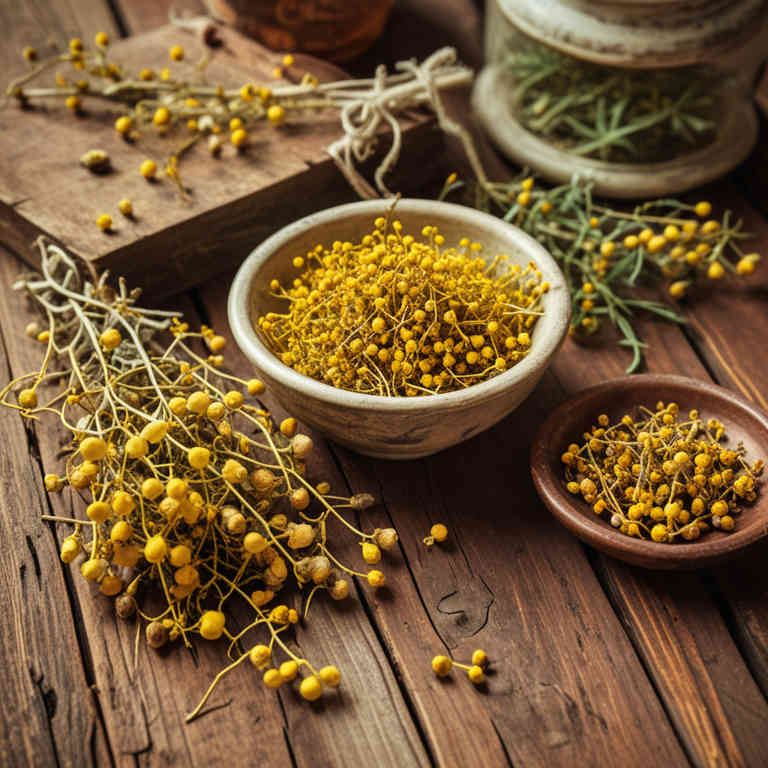
Hypericum perforatum, commonly known as St. John's Wort, is traditionally used in herbal medicine for its potential healing properties.
When prepared as a decoction, it involves simmering the dried plant material in water to extract its active compounds, including hypericin and flavonoids. This herbal decoction has been historically applied to open wounds to promote healing and reduce inflammation due to its antimicrobial and astringent effects. However, it is important to note that St. John's Wort can interact with various medications, so its use should be carefully considered under professional guidance.
Despite its traditional use, modern scientific evidence supporting its efficacy for wound healing remains limited, and it should not replace conventional medical treatments for serious injuries.
4. Sutherlandia frutescens

Sutherlandia frutescens, also known as cancer bush, is a traditional South African herbal plant that has been used for centuries in indigenous medicine.
Its roots and leaves are commonly prepared into a decoction to support wound healing, particularly for open wounds. The decoction is believed to possess antimicrobial, anti-inflammatory, and immunostimulant properties that aid in the body's natural healing processes. When applied topically, it may help reduce infection risk and promote tissue regeneration.
However, it is important to consult with a healthcare professional before using Sutherlandia frutescens, as it may interact with certain medications or have contraindications for specific health conditions.
5. Centella asiatica
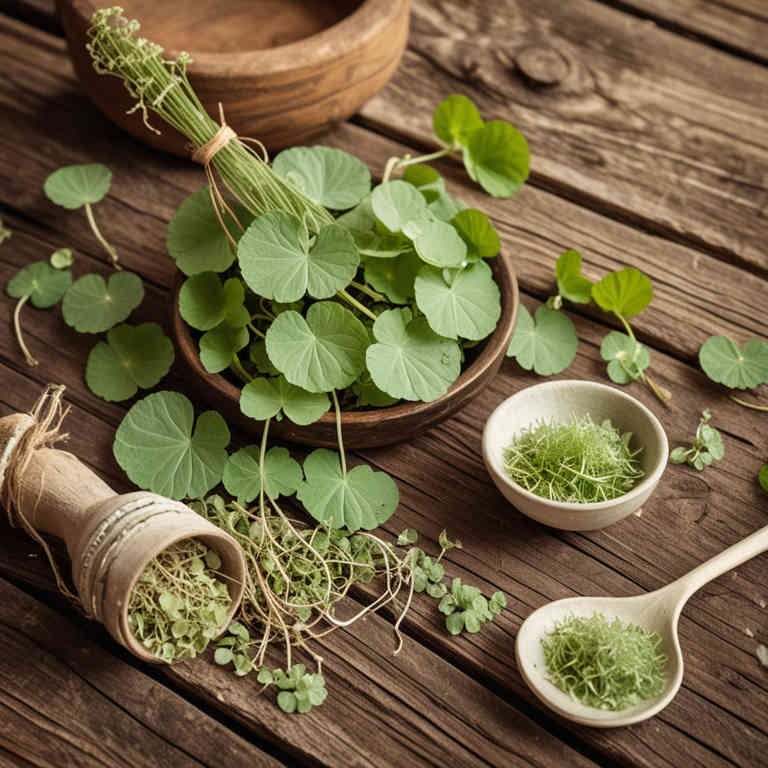
Centella asiatica, also known as gotu kola, has been traditionally used for its wound-healing properties, and its herbal decoctions are increasingly being studied for their efficacy in treating open wounds.
The active compounds in Centella asiatica, such as asiatic acid and madecassic acid, are believed to promote collagen synthesis and enhance tissue regeneration, which can accelerate the healing process. When prepared as a decoction, the herb can be applied topically to cleanse and soothe damaged skin, reducing inflammation and preventing infection. Research suggests that Centella asiatica may also improve the strength and elasticity of newly formed tissue, making it a valuable natural remedy for various types of wounds.
However, it is important to consult with a healthcare professional before using Centella asiatica, especially for severe or chronic wounds, to ensure safe and effective treatment.
6. Symphytum officinale
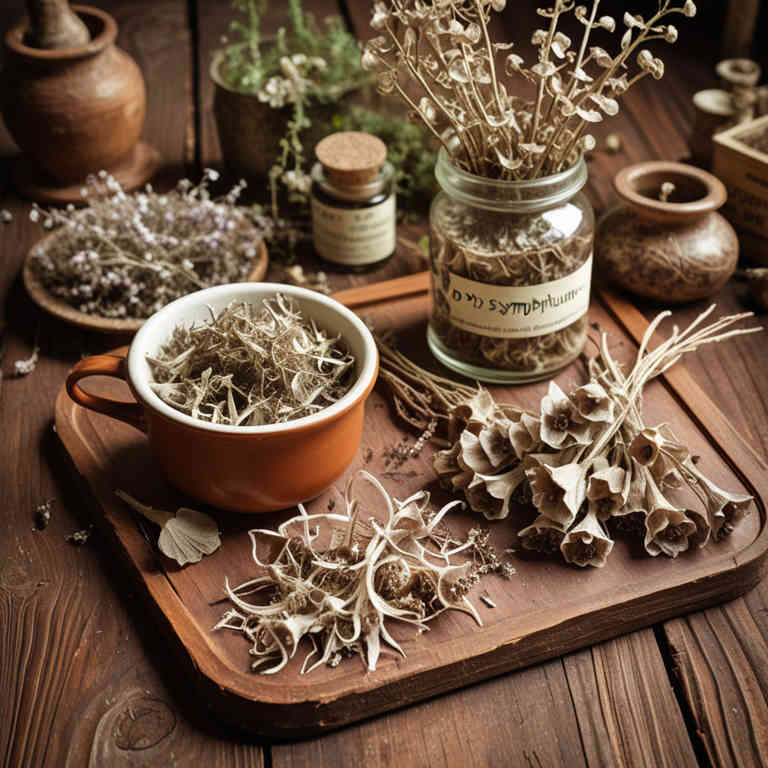
Symphytum officinale, commonly known as comfrey, has been traditionally used in herbal medicine for its potential healing properties, particularly for open wounds.
Herbal decoctions made from the roots of Symphytum officinale are believed to promote tissue regeneration and reduce inflammation due to the presence of allantoin and other bioactive compounds. These decoctions may help in accelerating the healing process by stimulating cell proliferation and enhancing wound closure. However, it is important to note that comfrey contains pyrrolizidine alkaloids, which can be toxic to the liver if used long-term or in high concentrations.
As a result, its use for open wounds should be carefully monitored and preferably under the guidance of a qualified healthcare professional.
7. Plantago major
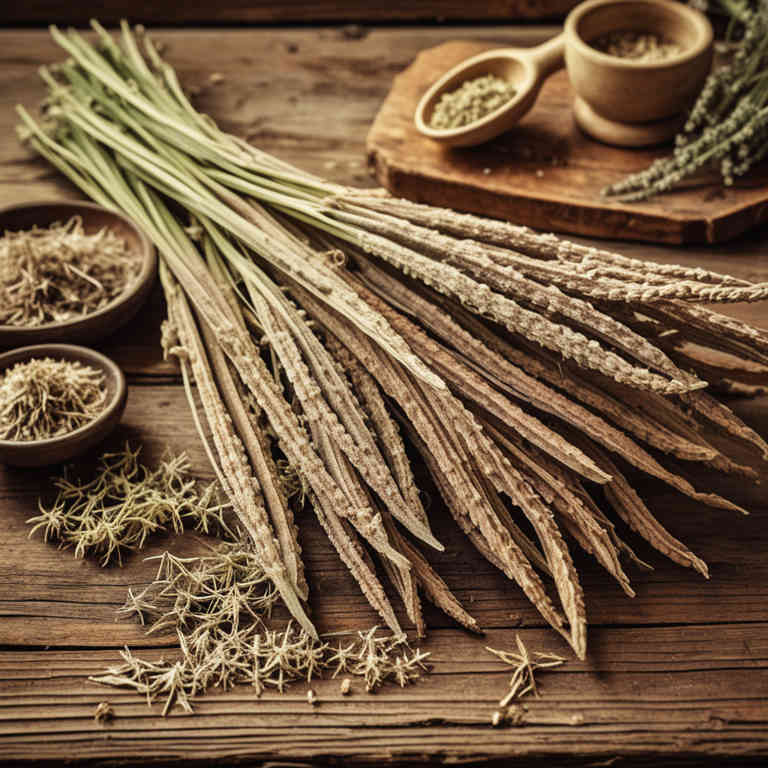
Plantago major, commonly known as broadleaf plantain, has been traditionally used for its soothing and healing properties, particularly in the treatment of open wounds.
Herbal decoctions made from the leaves of Plantago major are prepared by boiling the fresh or dried leaves in water, creating a potent infusion that can be applied topically. This decoction is believed to help reduce inflammation, promote tissue regeneration, and prevent infection due to its high content of mucilage and anti-inflammatory compounds. It is often used as a first-aid remedy for minor cuts, abrasions, and burns.
However, while it may offer some benefits, it is important to consult a healthcare professional for more severe wounds to ensure proper treatment and infection prevention.
8. Echinacea angustifolia
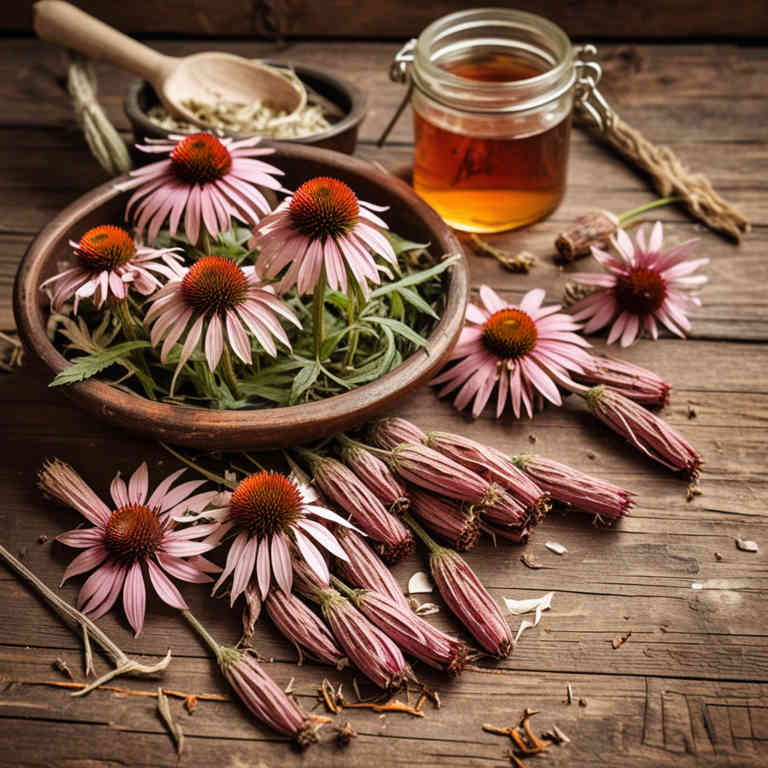
Echinacea angustifolia, a species of the echinacea plant, has been traditionally used for its purported immune-boosting properties, but its application in treating open wounds is a topic of ongoing research.
Some studies suggest that echinacea may help reduce inflammation and promote wound healing due to its antimicrobial and anti-inflammatory compounds, such as alkamides and polysaccharides. Herbal decoctions made from Echinacea angustifolia are often prepared by boiling the roots or leaves in water to extract these active constituents. However, there is limited clinical evidence supporting its efficacy for open wounds, and it is generally recommended to use it as a complementary therapy rather than a primary treatment.
As with any herbal remedy, it is important to consult a healthcare professional before using Echinacea angustifolia, especially for individuals with allergies or those taking other medications.
9. Echinacea purpurea
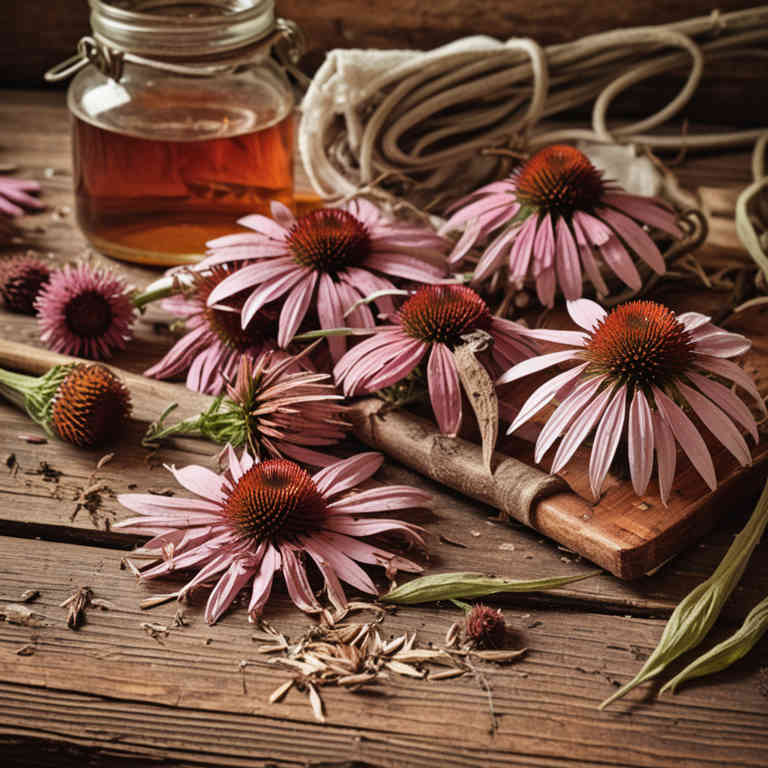
Echinacea purpurea, commonly known as purple coneflower, has been traditionally used for its potential anti-inflammatory and antimicrobial properties.
Herbal decoctions made from Echinacea purpurea are often prepared by boiling the dried roots, leaves, and flowers in water to extract bioactive compounds such as alkamides, caffeic acid derivatives, and polysaccharides. These decoctions may help reduce inflammation and promote healing in open wounds by supporting the body's immune response. However, while some preliminary studies suggest possible benefits, more rigorous clinical research is needed to confirm their efficacy and safety for wound care.
As with any herbal treatment, it is advisable to consult a healthcare professional before using Echinacea purpurea decoctions on open wounds.
10. Arnica montana
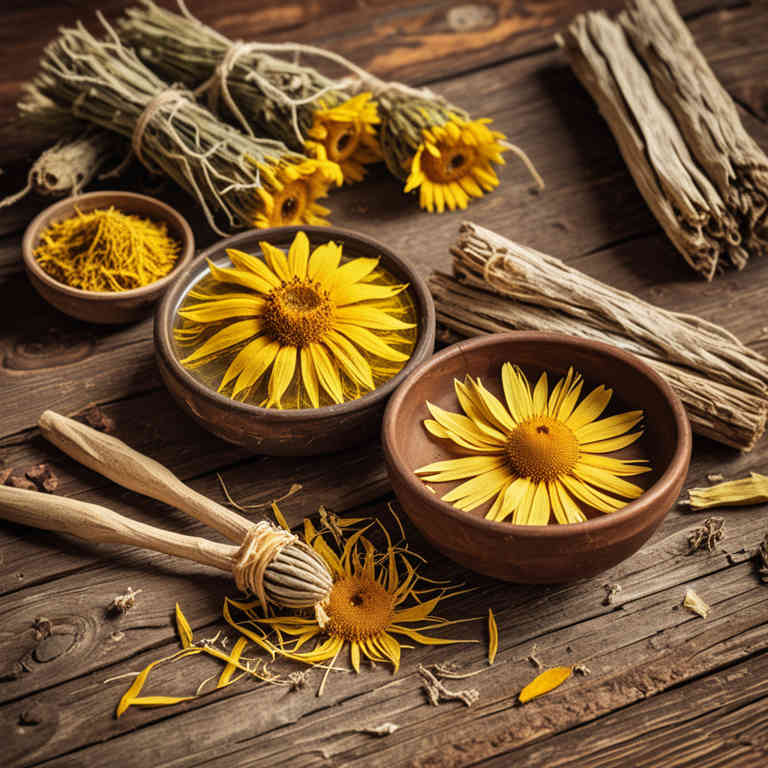
Arnica montana, a flowering plant native to the alpine regions of Europe and North America, is traditionally used in herbal medicine for its anti-inflammatory and analgesic properties.
Herbal decoctions made from Arnica montana are often prepared by simmering the dried roots and leaves in water to extract its active compounds, such as helenalin and other sesquiterpene lactones. These decoctions are sometimes applied topically to open wounds to reduce swelling, bruising, and pain associated with injuries. However, it is important to note that Arnica montana can be toxic if ingested, and its use on open wounds should be approached with caution and under the guidance of a healthcare professional.
Despite its potential benefits, it is not recommended for use on broken skin due to the risk of irritation or systemic absorption.